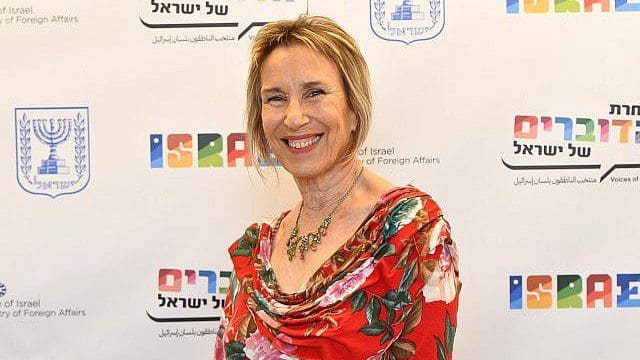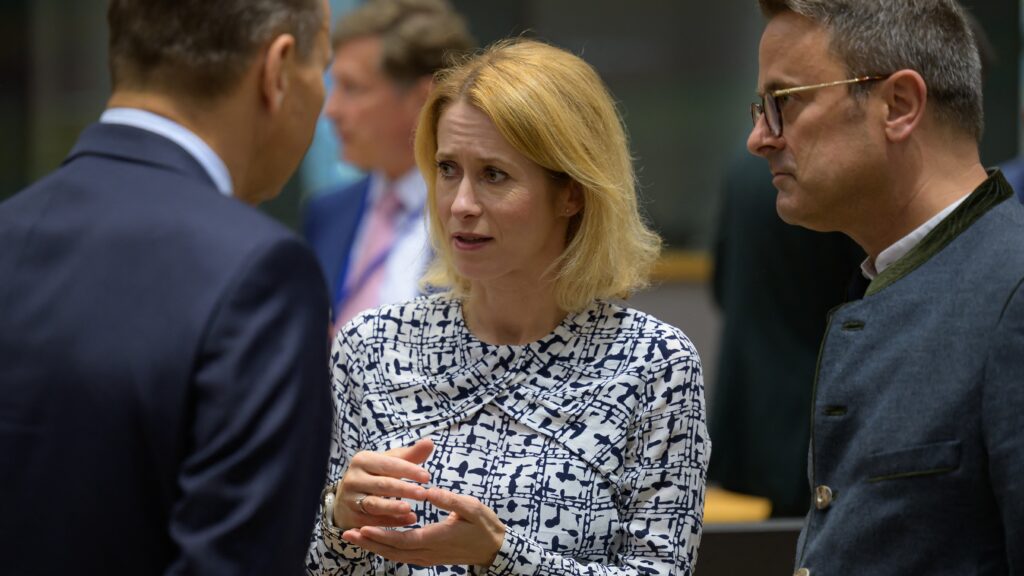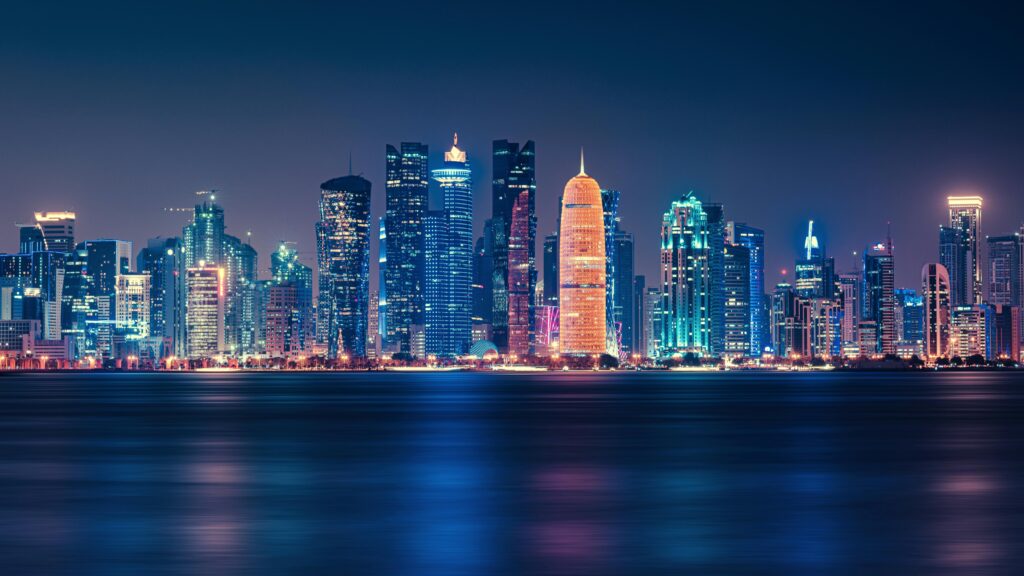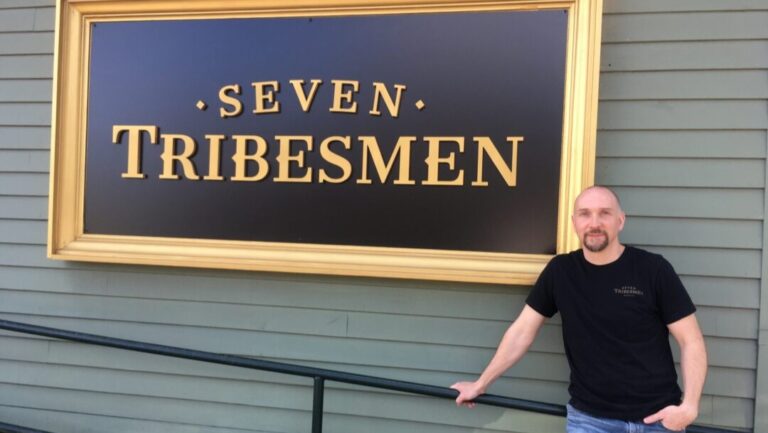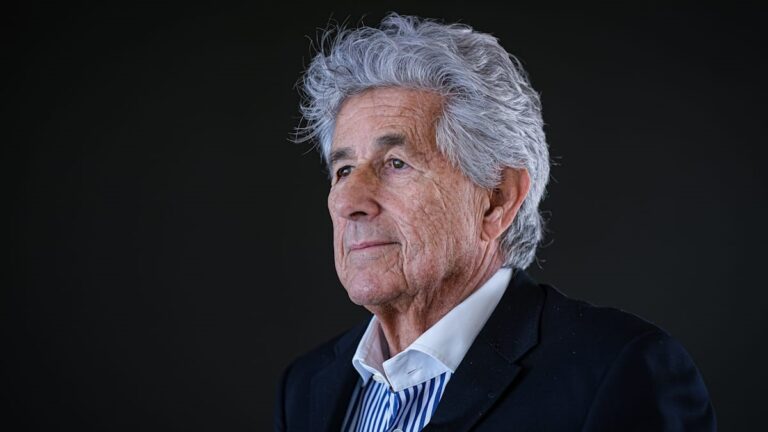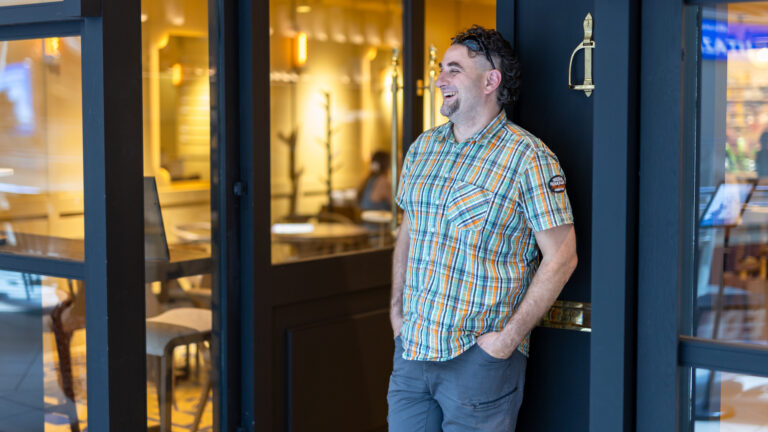Adele Raemer is an American-born Israeli who has lived in Kibbutz Nirim, on the border with the Gaza Strip, since 1975 when she was stationed there as part of her army service in the IDF: before her home became an intermittent war zone. She is a passionate advocate for her country and her region, and as a proud Zionist she knows that life here could and should be better for all of those who live on both sides of the border. Adele is a recently retired high school teacher. She founded and moderates a Facebook group named ‘Life on the Border with Gaza’. She blogs for the Times of Israel, and has given hundreds of interviews to foreign and local media: television, radio, Skype as well as newspapers. She was included among Ha’aretz’s ‘Ten Jewish Faces who made Waves in 2018’. In November 2018 she was invited to Geneva by an independent investigative committee for the UN to bear witness to the border situation, and in December 2019 addressed the UN Security Council at the request of the US ambassador to the UN.
Could you talk about your background and how you moved to Israel from the US?
I was born in the States, and I grew up there. I was in the Zionist youth movement as a teenager, and at the end of high school, between 1972–1973, I visited Israel with a year gap program and fell in love with the country. Originally when I went back to the States, my plan was to go to NYU to do a theatre program, but I had missed the auditions as I was still in Israel, so I was going to wait for the winter semester. In the meantime, in October 1973, the Yom Kippur War broke out, and I asked myself ‘What am I doing in America when Israel needs me?’ So, I made Aliyah to a kibbutz 20 km from Eilat that was handed over as a civilian settlement from the army just two months before I moved there. Since it was near to the Jordanian border and I moved there before the peace deal with Jordan, there were suspected infiltrations for periods of time. In fact, I had to spend a few nights on the roof of houses as part of the lookouts, keeping watch. Since I was 19 when I made Aliyah, I was drafted into the army immediately because it was just after the war and reserve soldiers hadn’t even been sent home yet. During the period I was in the army, I decided to move to another kibbutz, so I had to get permission from the military to continue my service there. I got permission and moved to Kibbutz Nirim, where I still live today. It was a small village bordered by the Gaza Strip, which was not a warzone at the time, so it was quiet and peaceful. We used to get into a car on Saturday and drive into the city of Gaza, where we’d go to the markets, shop there, and then go to the beaches.
At that time, Gazans also lived and worked here, and although there used to be security checks, they didn’t need a special permit to cross over. It was a very different time. So, I’ve been here since 1975.
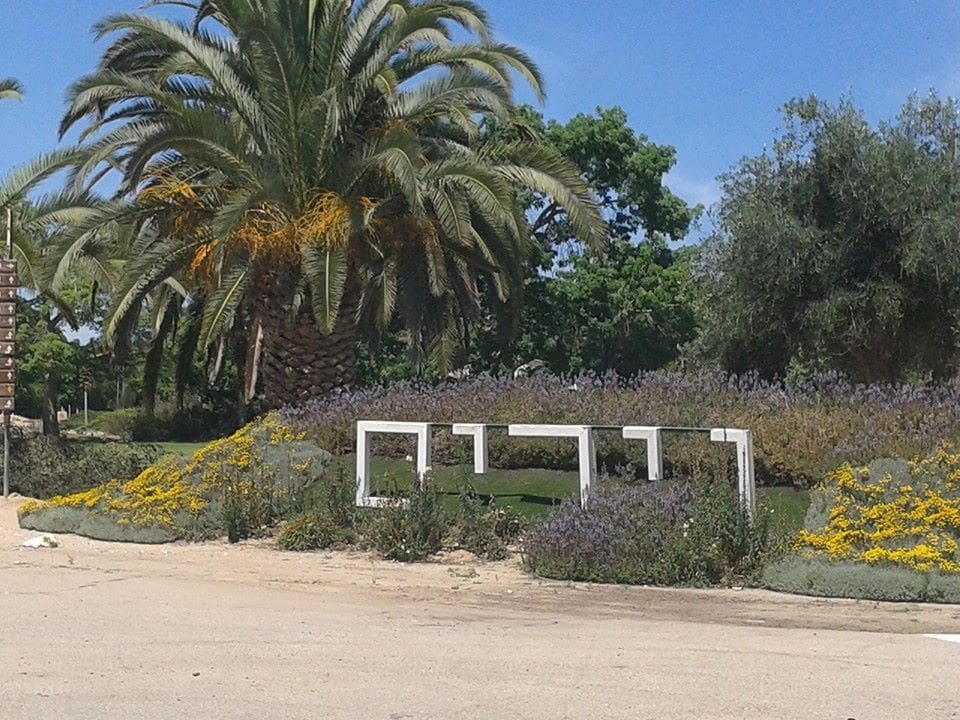
You’ve been living in Kibbutz Nirim for more than four decades, which means that you have lived through all the escalations and operations related to Gaza since Hamas took it over. Could you share your experiences living so close to the Gaza Strip?
The first rocket fire that we had here was in about 2006,
and at that time, we didn’t have any early warning system,
which meant that when we heard an explosion, we had to take cover because we didn’t know whether there could be more or not. The escalation issue started building up in the 2000s when Hamas began gaining more power in the Gaza Strip and then in 2005 when Israel forcefully pulled all of our citizens out of there. Palestinians complain of apartheid and expulsion; however, the only expulsion that has truly happened here has been the expulsion of the Jews who lived in the Gaza Strip. Israel pulled out all of the Jews living and dead, exhumed any Jewish people buried there, and reburied them in Israel. Personally, I was in favour of moving out of Gaza, and feel that it had to be done, but it was a mistake that we did it unilaterally. If it had been done differently, in conjunction with more moderate factions there, I truly believe that our lives would look different today. But as we say in Hebrew, ‘What was, was was, was was’. After Israel left Gaza, we threw back the keys and said, ‘Here it is, deal with it yourselves and work it out’. I was hoping that they would take what we left there, and turn that area into a paradise. It could have been the Singapore of the Middle East with beautiful beaches. We left many hothouses and other buildings, and they destroyed it all. They took the pipes left from the irrigation, turned them into rockets, and launched them back at us. The elections in 2007 were not democratic.
Hamas threw their opponents off the roofs and dragged their bodies through the city,
behind cars and motorcycles, to intimidate Gazans into voting for Hamas. Hamas took over, and since then, there have been no elections. Ever since they took over, we have been getting more sporadic rocket fire. At the beginning, we weren’t targeted as much as they used to launch rockets at cities more from the north towards Sderot because that’s a nice, big, juicy target. Shooting at my area which has more agricultural communities and a lot of fields in between, means you’re less likely to hit a target than you are when you shoot at a city like they did last night.
However, it started heating up here in 2008, it was the first round of violence, a state of war that I personally experienced. Operation Cast Lead was three weeks long, starting from the end of 2008 to the beginning of 2009. At that time, we didn’t have safe rooms, which meant that if you were in your house, you had to run and stand in an area with no exterior walls or windows (that was the ‘safest place’ in your house). If you were outside at the time of the rockets, you could just lie on the ground and cover your head. Slightly before that, we started getting the red alerts, a calm female voice saying the words, ‘Code Red’ in Hebrew three times, which means that as soon as you hear that sound, you know that a rocket has been launched towards your community. In 2008 and 2009, the missile detection system wasn’t as accurate as it is today. When we heard the sirens, the rocket was targeted either at my community or at the neighbourhood next door. Now it’s very precise, and if a rocket is targeted at my community only, we will get the alert. Once you hear that alert, you have zero to ten seconds between the time that the alert is sounded, until you hear the explosion. During Operation Cast Lead in 2008, we didn’t have the Iron Dome yet; therefore, for that round of violence, I evacuated. I had just lost my husband, who due to his serious mental illness had committed suicide a month before, so having no safe place to hide, being emotionally battered and mourning, I felt I needed to evacuate. After that, in 2011, the State of Israel realized that with zero to ten seconds to take cover, people need safe places. At that time, we only had six bomb shelters in the whole community. Within nine months the government of Israel spent billions of dollars building a fortified cement safe room attached to every house within four kilometres of the border, and later on, that widened out to seven kilometres.
In between rounds of violence, like what we’ve been having for the past few weeks, we call it ‘Drizzles’ (as in rain), which is an ironic name for sporadic random rocket fire as you never know where it’s going to happen and what’s going to set it off. I hate this expression. In 2011, we experienced one of these periods of random, sporadic rocket fire, and I was on a Skype call with my cousin who lives in New York. I told him how we have to keep running back and forth to the safe room, and we keep getting rocket alerts. He said they never hear anything about it there as there’s nothing in the news about it. So that’s when I opened up a Facebook group called ‘Life on The Border with Gaza: Things People May Not Know but Should’ to depict what our lives are like here on the border. It’s updated all the time and has almost 8000 members.
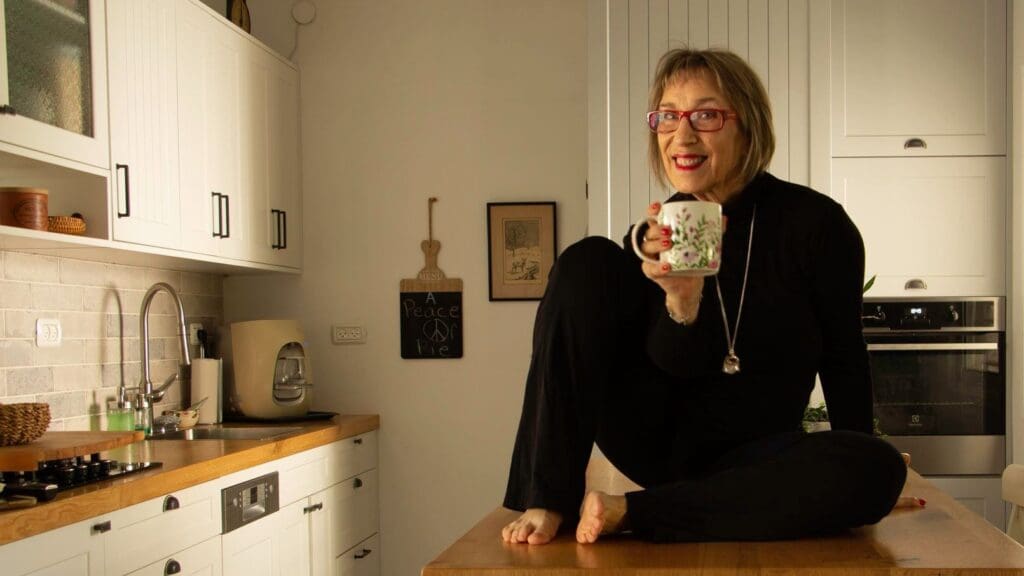
There was another peak of violence and large operation called Operation Pillar of Defence in 2012, at which point I already had my safe room, and I was stronger and more resilient after dealing with the loss of my husband, therefore, for that operation, I decided that it’s important to stay in my kibbutz to bear witness to what’s going on here.
What’s happening in Gaza, when there’s an operation, is horrible: civilians there don’t have safe rooms, and they don’t have anybody looking after them.
There are tunnels and safe places in Gaza, but those are only for Hamas
and not for your every day ‘Mohammed’ on the street who just wants to keep his family safe. So, it’s really a nightmare in Gaza, but it ain’t no picnic here either. People need to understand that there are two sides to this, and civilian people on both sides are the ones who are victims of this conflict. So, in 2012, I stayed behind, and that’s when I started blogging first for CNN iReport, and now for the Times of Israel. The 2012 conflict lasted for eight days, during which 13 rockets or more exploded inside the perimeters of our community. Following that, two years later, was Operation Protective Edge in 2014, which was the longest conflict that we’ve had here. It lasted for two months. During this conflict, in addition to rockets and mortars, we also experienced terror tunnel infiltrations. We had known about the tunnels since 2005 when Hamas abducted a soldier, Gilad Shalit, from within Israel through the terror tunnel and kept him captive for years. However, it was only during Protective Edge that we discovered how many and how close these tunnels were. For that round of violence, I stayed in my kibbutz again, and I kept telling my kids when I’ve had enough, I’ll leave and take a break. It wasn’t easy, but it was important to me to be here. Thanks to the Iron Dome Hamas couldn’t achieve their goal of downing high-rise buildings in Tel Aviv, and causing mass casualties. This caused the area in which I live in to become the Achilles Heel of the country. We are so close to Gaza that, at that time, the Iron Dome at was incapable of protecting our communities. At that time, when a rocket was shot, for Iron Dome to down it, it had to reach a certain height, and since these rockets were shot at us from such a close range, they never reached that height.
When Hamas realised that they weren’t achieving anything by shooting at Tel Aviv, they started to launch barrages of rockets at our communities around the Gaza Strip every day for the whole last week of the war. On the 26th of August, there was a barrage in the morning, and I was in my safe room. At one point, I heard a really loud explosion, and the person who was in charge of security burst into my house asking, ‘Adele, are you okay?’ and I said, ‘Yeah, why?’ to which he said ‘Well, your house has been hit’. Each time there is a rocket attack our security people in our kibbutzim don’t have the luxury of taking cover. Their jobs are to find where the rocket exploded to see if there’s anybody who needs help. When I walked out of my safe room and went into my bedroom, I could smell the gunpowder; I saw the dust and the smoke and my entire bedroom wall had been riddled with shrapnel. If I had been standing there when that exploded, I would not be here talking to you today. This explosion also knocked out all of the electricity in the kibbutz. At that point, I decided that I was ready to take a break. I threw my dogs in the car, and with my son, we drove up to Tel Aviv, where I was supposed to have spoken at a conference about the 2014 operation that was set by the person who’s now Israel’s president, President Isaac Herzog. When I arrived in Tel Aviv and went to speak on the panel at the conference. As my phone was plugged into the electricity behind me, since the battery had been drained, after my speech my phone started waking up and I started getting WhatsApp messages, and I saw messages from colleagues from my English department at school asking “What’s happening on Nirim?” “Somebody’s been hurt!” “Somebody’s been killed!”. I immediately jumped off the stage ran outside and was able to contact somebody who happened to have a working battery in her phone at Nirim. This person told me about the attack that happened while some of our community’s members were outside trying to fix the electricity. They were caught by rocket barrages and didn’t manage to take cover in time. Two of our members were killed in that incident: my neighbour who lives behind me, Zeevik Etzion, and another man, Shachar Melamed. The third person, who’s now the mayor of our region, Gadi Yarkoni, got his legs blown off due to the explosion. All three grew up together here on Nirim. I’d known them all since they were kids.
Protective Edge 2014 was a game changer for the people in this community, as you can go through wars, but when you’ve lost people, that is a whole different experience. After that, it took a lot of work to help our community heal. We went to a lot of effort to do all sorts of activities that would bring people together, building resilience and strengthening our sense of community. One example are the community dinners that we would have once a week. Another example is the project of making mosaics plastered onto small boulders. Near our community, there’s an ancient synagogue floor with beautiful mosaics. We hired an artist, who replicated them. We had an activity for a weekend where everybody got together in the dining room and put together these mosaics, then we put them on boulders all around the community. These activities were crucial in building resilience since that’s what helps to keep the community together, and that’s what helps keep people here.
Since 2014, we’ve had at least 40 new members with their children moving here.
In 2018 people in Gaza started a protest called ‘The Great March of Return’, which was supposed to be a peaceful protest of Gazans walking over to the border fence saying they wanted to return to where their families lived. Before the establishment of Israel, this entire area was called The British Mandate of Palestine, but there was never a country called Palestine. In the Partition Plan, the Jews were supposed to get one part, and the Arabs were supposed to get another part. Even though the Jews would have gotten much less of an area than we had hoped for, they said they would accept the UN’s Partition Plan. However, the Arabs said ‘no way’, and in 1948 at the War of Independence all of the five Arab countries surrounding Israel attacked the country.
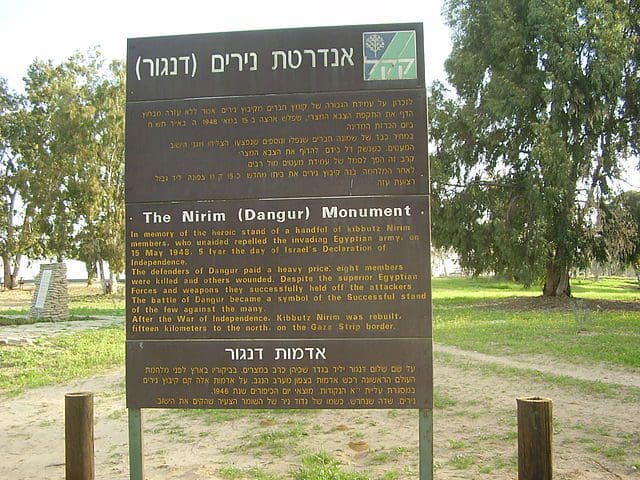
Because they lost that war, many Arabs left either because as they were scared or because their Imams told them, ‘Evacuate your homes now, we’re going to go in and destroy the Jews, and then you can come back to your houses and have all of their lands as well.’ Thanks to the UNRWA refugee situation, the Palestinian refugee status is being perpetuated. Palestinians are the only people in the world who can inherit refugee status in any country across the globe. When my family were refugees from Russia, they escaped to the United States, and built a life there. Their children (my mother and her siblings) were no longer considered refugees. Palestinians, tragically, with the encouragement of the UNRWA, see themselves as refugees. They walk around the world with these fictitious keys saying, ‘I’m going to go back to my house in Yafo (Jaffa), in Haifa, and will live there’. These houses usually don’t exist anymore, or other people live there. Although people from Gaza were planning a peaceful march to protest, after about two weeks, Hamas hijacked that concept and turned it into violent weekly protests.
At the end of April 2018, when the wheat fields in our communities were high and dry, Hamas launched balloons and kites that had burning coals over to Israel, and because the wind in the afternoon blows east from the Mediterranean Sea, it carried those balloons over to our fields and our communities, setting fire to the fields and nature reserves. There were many-many fires in our area at that time. I documented about 75 per cent of those fires. In light of that, I was invited to come to the United Nations in Geneva to bear witness the situation at an independent committee. It was a very challenging period here. There were times when you could not walk outside because either there was thick smoke or we were affected by the tear gas that was used to control the protests in Gaza. They also started sending balloons attached to explosives: grenades, even RPG rockets, attached to children’s toys. The children where I live know never to approach a bouquet of balloons if they are not sure where it has come from. Balloons are no longer just children’s toys here.
At the end of Protective Edge in 2014, the Government of Israel started building an underground barrier that completely encompasses the border with the Gaza Strip.
It’s 5.4 metres high and over 40 plus metres deep, in some places, so it’s effectively neutralising the terror tunnels. So that has made our lives a lot safer. My daughter, for example, was scared to go out at night as she was afraid that there was going to be an infiltration all of a sudden and a terrorist would show up in the middle of the kibbutz with submachine guns. It was a very frightening period. To give you an example: I went into a neutralised terror tunnel in October which was 75-feet deep, 1.1 miles long, about 984 yards into Israel and 656 yards from my kibbutz. It took 3000 concrete arches to build for the roof, 6000 concrete plates for the walls, and 5000 tons of cement and it cost the Hamas 3 million dollars just to build just that one tunnel. People are starving there; they don’t have food or fresh water, and yet they spend 3 million dollars on one terror tunnel. We discovered about 34 tunnels. To put that in proportion, to build 100 square metres of a house, you need 15 tons of cement. Imagine how many houses could have been built with 500 tons of cement they used for one terror tunnel.
This past August, we had three days when we were told that there were incoming rocket threats and that the Islamic Jihad, another terror organisation, would target us. Therefore, our entire road into our community was cordoned off. At that time, to get in, you had to show proof that you lived in one of the kibbutzim on this road, the perimeter road was closed, and we were not allowed to walk there because it is exposed visually to Gaza. So, we were just waiting for three days as we didn’t know what was going to happen. Finally, we heard an explosion, and we got word that the commander of the Southern and the Northern Brigade of the Islamic Jihad had been neutralised, and it was a surgical hit. He lived in an apartment building, and the only apartment hit was on his floor, his apartment directly. It was just unbelievable how that was done and showed that the IDF does everything they can to protect the lives of innocents. As soon as we heard this news, my daughter and her three children were already in the car on their way out because we knew there would be an escalation. Thanks to people listening to instructions, there was no loss of life as we already know how to deal with the situation here. You never get used to the situation, but we know how to deal with it. Despite it all, we still call this area 95 percent heaven and 5 per cent hell because 95 per cent of the time, it is peaceful and safe. We are crime-free, we have a wonderful quality of life, the air is clean, and everybody knows everybody else in the community. As I said, this sense of community here is what makes it 95 per cent heaven.
It seems like another terror wave started in Israel. One day before the International Holocaust Remembrance Day on January 26th, sirens sounded throughout the southern cities near the Gaza Strip as terrorists fired at least three rockets together from Gaza to Israel. On Holocaust Remembrance Day, a horrible terror attack happened in Jerusalem, followed by another one on the next day, and by another at the beginning of February in which two children were killed. Ever since, many rockets were fired out of Gaza from communities that are just a half hour drive from Nirim. How do you live your everyday life during these higher alert times?
As I said, we know how to handle ourselves, and we know how to deal with these high alert situations. So, the rockets exploding here recently haven’t been a shock. But now it’s a very challenging time within Israeli society. With the new government, there’s a lot of discontent going on, and we have to work through it to preserve our democracy. This is a small country. Every place in this country, at one time or another, suffers from terror. If you live in the north, you got even more powerful rockets than we deal with from the Hezbollah and Iran. Be’er-Sheva also gets rockets, and as you mentioned, people were killed in Jerusalem as well just a few days ago by car ramming. You don’t need a rocket to cause terror, all you need is a knife or a car and you can weaponise them. Also, we’re coming up to Ramadan, and sadly, what was considered the peaceful month of Ramadan has been turned into a very violent volatile period in the past few years. So, we must brace ourselves and see what we’re coming up against.
I wish the world were more proactive in condemning terror and violence.
Because the Palestinians are seen as the victims, and they’re truly victims but not because of Israel but because of their own leaders. I think the world could be doing a lot more to pressure the Palestinians into finding different leaders that are going to lead them to good things.
As a result of all the terror you lived through, you experienced deep traumas. How can you and people who live in these communities process all the pain they’ve gone through?
Anybody who needs help gets it. There’s a resilience centre in every community, in every regional council, and people dealing with trauma can have sessions with psychologists. Different activities also build resilience, for example, there was a group that comes to kibbutzim and together with the community, writes scripts for movies. A few of these movies made in Nirim. One was made in spring 2014, just before Protective Edge. It is an amazing short movie called The Balloon in which children are talking about how around the period of Purim, there is often an escalation and we suffer from rocket attacks, which ruin their holiday. In the movie they decide to write a note in Arabic, attach it to a balloon, and send it over to Gaza asking the Hamas not to launch rockets at them during their Purim holiday. Ironically, with eery foreshadowing, this movie was created four years before the fire balloon terror attacks. So again, this is a way to build resilience. Doing activities together with other people in the community, forming these bonds is what helps people deal with things.
In 2022, the UN passed 15 resolutions against Israel and only 13 against the rest of the world. Unlike most state members of the UN, Hungary voted ‘no’ to most of the resolutions that condemned the Jewish State, and promised it would stand with Israel these years as well. In 2018 you were invited to Geneva for the UN to bear witness, and in 2019 you addressed the UN Security Council on your experiences living near to Gaza. How do people from the UN reacted to your testimony? Did or could these testimonies make a difference in supporting the Israeli side of the conflict?
When I went to Geneva, the people that interviewed me also interview Gazans via Skype. Personally, during my time there, I felt they were very empathetic. However, I no longer felt that empathy when I read the reports. Not that I had very high hopes, but it was very discouraging. Unfortunately, they only started organising it less than a week before I was due to address the Security Council, so they didn’t manage to cut through the red tape to actually fly me over, and I had to give my speech via Skype. Had I gone over there, I believe it would have been much more meaningful because I would have gone to meetings with different people, and it would have been a lot more personal. I was on the big screen on the wall of the UN Security Council, and there wasn’t any interaction after it at all. After my speech, I had to stay for another hour and listen to the ambassadors talk, but none related to anything that I had said there. Oh, well, I did the best I could.
One of the most common complaints against Israel is that the settlements movements in the Palestinian Territories are the ‘obstacles to peace’. These complaints usually don’t mention the Palestinian Authority’s and Hamas’s main responsibility in the conflict. What is the real obstacle to peace in your view and what would need to change to end the conflict?
To my knowledge, the settlements they’re talking about are in Area C, not the areas that are supposedly going to be part of a Palestinian state. I would love it if everything stopped and everybody got to the table. In my opinion, the biggest obstacle to peace is the lack of Palestinian leadership. There’s no one Palestinian leader. So, who do you talk to, with whom can you you make an agreement? With the Palestinian Authority? What if Hamas doesn’t agree, and the other way around? You know, I’m just an English teacher, (a retired one, at that) and I don’t know what will solve this problem, but I would rather like it if we could get back to the table.
Because these terror attacks aren’t an act of God, they aren’t earthquakes or tornados. These are all acts of man and it’s something that can be solved. You need goodwill, empathy, respect and recognition of the other side to solve it. It’s a problem that Hamas still claims and mandates that their aim is to have ‘Palestine from the river to the sea’, which in other words, means to wipe Israel off the face of the earth. Some people believe in the one-state solution, but it will come to a point in one generation or two that the Jews are no longer the majority, and then we really will turn into an apartheid if the minority is ruling and the majority are Arab as it’s not going to be a Jewish state. You can’t have a Jewish democratic state if we’re not a majority. So, the only logical answer to me is two states. But we’re a long, long way from getting to that, unfortunately.
We can see an immense rise of anti-Zionism worldwide, including in the mainstream media, the UN, and many celebrities also tend to support anti-Zionist propaganda. Do you think anti-Zionism is the modern form of anti-Semitism? If yes, when can we separate it from legitimate criticism of certain Israeli politics?
Absolutely. Anti-Zionism is anti-Semitism.
There is no line between Zionism and Judaism. For millennia, we Jews have been praying towards Jerusalem, saying ‘next year in Jerusalem’ hoping to return home since we were expelled in the days of the Second Temple. Being Jewish is being Zionist. Israel is a lot more than its politicians. Personally, I don’t agree with some things that my government does, but that doesn’t make me any less of a patriot. We all have the good of Israel to heart. As in any other country, politicians have different ways of believing what has to be done for the good of the country. People here as well have different views but it doesn’t make them any less patriotic; any less Zionist.
You often get the question why didn’t you leave Nirim. As you mentioned, despite the constant threats, you and others from your community say Nirim is ‘95 per cent heaven and 5 per cent hell’. It’s quite a surprising yet moving and inspiring statement. How can you maintain this positive attitude, and what does it mean to you that you can live in Israel?
Mainly we think like that because most of the time it is peaceful and wonderful here. I think it’s important to focus on the positive because if you focus on the negative, that just overwhelms everything, while focusing on the positive gives you air to breathe, it gives you your life, it gives you the optimism. Without optimism, I don’t think anybody anyplace can enjoy life. As a Jew living in Israel, to me, it’s a fulfilment of a dream. Zionism is the National Liberation Movement for the Liberation of the Jewish people. It took thousands of years to return home but there has been a Jewish presence in Israel the whole time.
When last year we were at the Christian Media Summit in Nirim, you and others mentioned how much Christian help means to your community. How did Christians help you in the past, and how could Christians help now?
We have gotten massive Christian support from the United States from evangelists. First of all, emotional support, and also monetary support. A Christian evangelist pastor donated a lot of money to help us build a centre for our community for the region, and there’s nothing like it in all of Israel or anywhere in the world. It’s very moving.
Christians and Jews have a very meaningful bond: we’re from the same source,
and we also have a kind of common enemy, unfortunately, because radical Islamism wants to convert everybody. So, it’s important that, as brothers and sisters, we stay together; that we stick up for each other. Israel treasures all religions and preserves and respects churches, as we understand the importance of this land being the birthplace of all three of these religions. It’s precious, and it’s something that needs to be respected and preserved. I often find more support from Christians than I do from some Jews. It is always very moving me to experience that, which is why it was so mind-blowing when 110 of you came to Nirim as part of the Christian Media Summit and gave us so much love, caring and prayers.
You can read more about Christian Media Summit in Jerusalem here.

